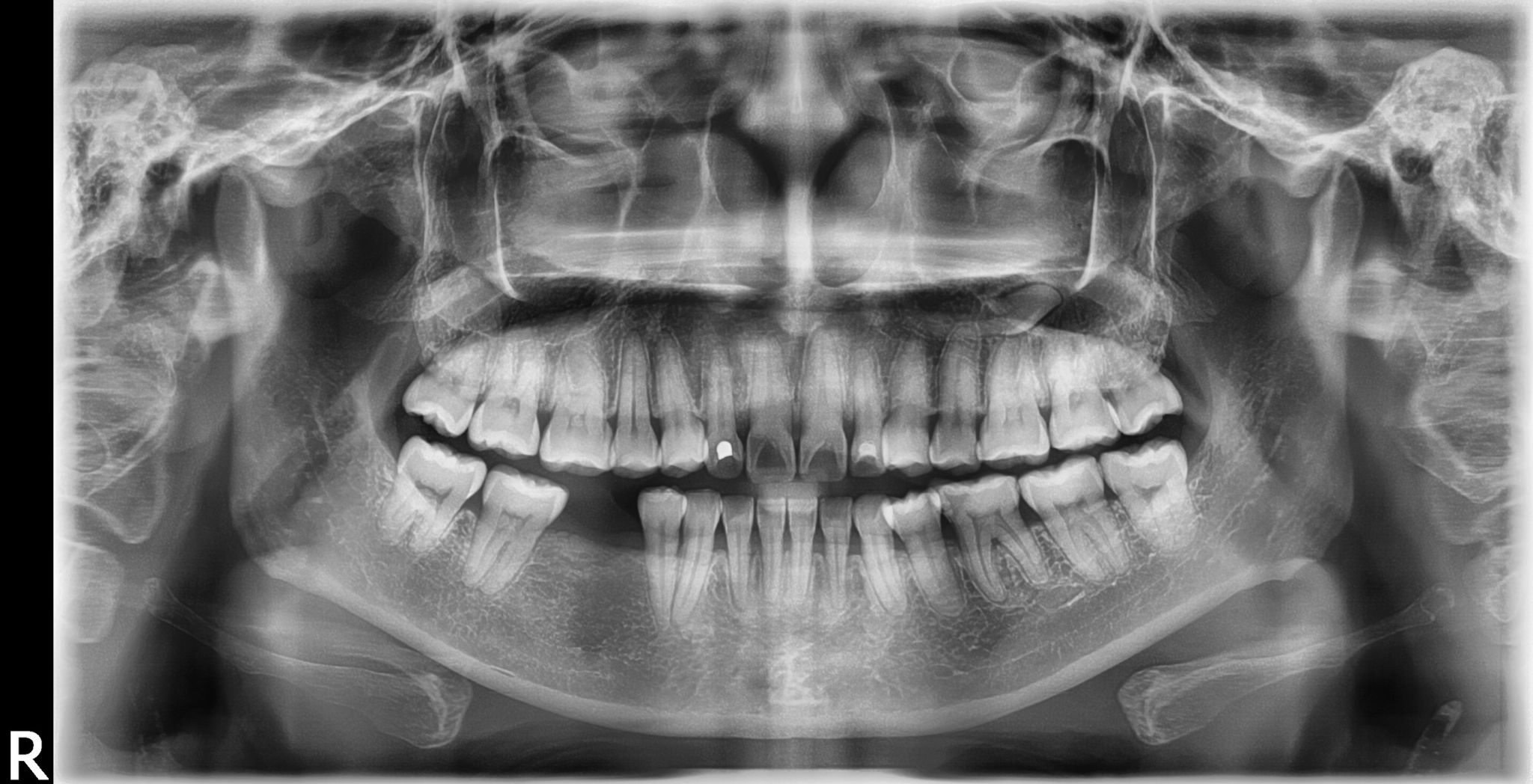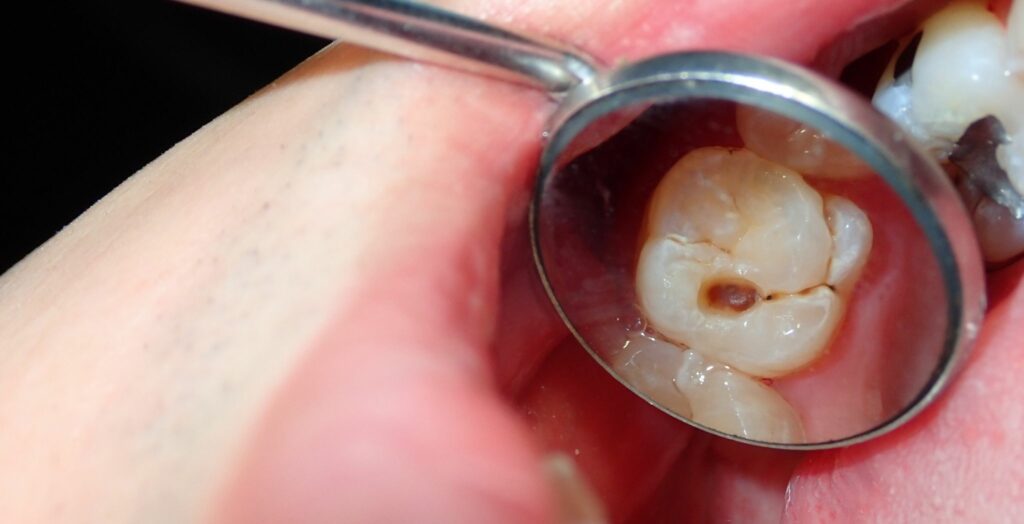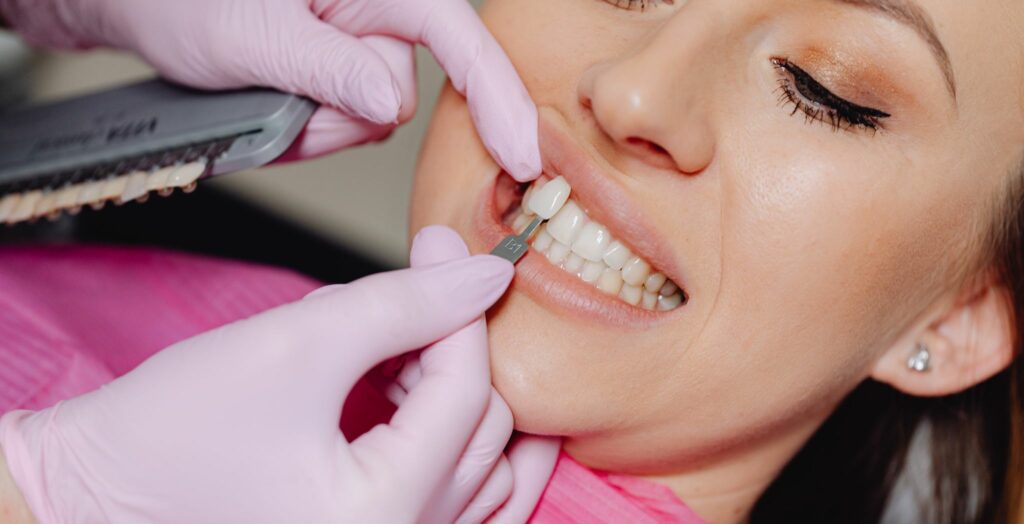Ever wondered how your dentist sees what’s really going on inside your mouth, beyond what they can spot with their eyes? It’s not magic, it’s often thanks to a clever piece of equipment called an OPG dental X-ray.
If you’ve ever had a full dental check-up, especially at a new dentist or for a specific problem, you might have heard the term “OPG.” But what exactly is it, and why is it so important? Don’t worry, we’re going to break it all down for you in easy-to-understand language. Think of this as your friendly guide to OPG dental X-rays.
What is an OPG Dental X-ray?
Let’s start with the basics. OPG stands for Orthopantomogram. It’s a fancy name for a really useful type of X-ray. Unlike those small X-rays that just look at one or two teeth, an OPG takes a single, panoramic (that means wide-angle) picture of your entire mouth.
Imagine taking a photo of a whole landscape rather than just a single tree. That’s what an OPG does for your mouth! It shows your teeth, all the bones in your jaw, and even some surrounding structures like your sinuses and jaw joints (TMJ). It’s like a comprehensive map of your oral health, all on one image.
Why OPG Dental X-rays are Essential in Dentistry
You might be thinking, “Do I really need a full-mouth X-ray?” The answer is often a resounding “yes!” OPG dental X-rays are absolutely essential for a few key reasons:
- Seeing the Whole Picture: Your dentist can only see the surfaces of your teeth and gums when they look in your mouth. An OPG lets them see what’s hidden beneath the surface – things like wisdom teeth that haven’t come through yet, infections in the bone, or even cysts.
- Early Detection is Key: Many dental problems start small and don’t cause pain until they’re quite advanced. An OPG can pick up these issues early on, sometimes even before you feel any symptoms. This means your dentist can treat them sooner, which can save you pain, time, and money in the long run.
- Planning Treatment: If you need braces, dental implants, or even just complex extractions (like wisdom teeth), your dentist will almost certainly need an OPG. It helps them plan the best course of action, ensuring a safer and more effective treatment.
- Monitoring Growth and Development: For kids and teenagers, OPGs are super helpful for tracking how their adult teeth are developing and coming through. This can help predict potential crowding issues or if wisdom teeth might cause problems later.
Essentially, an OPG is a crucial diagnostic tool that helps your dentist provide you with the best possible care.
How Does an OPG Dental X-ray Work?
It sounds high-tech, and it is, but the process of getting an OPG is actually quite simple and quick.
You’ll usually be asked to remove any metal objects like jewellery, glasses, or hairpins, as these can block the X-ray image. You’ll then stand still, or sometimes sit, with your chin resting on a small support. You’ll also be asked to bite gently on a small, sterile plastic bite-block. This helps position your teeth correctly.
The OPG machine itself is pretty cool. It has a rotating arm that slowly moves around your head. This arm contains both the X-ray source and the sensor that captures the image. As it rotates, it takes a continuous picture, creating that wide, panoramic view of your mouth. The whole process usually takes less than a minute, and you don’t feel a thing!
The Benefits of OPG X-rays for Diagnosis
The big benefit of an OPG is its diagnostic power. It allows your dentist to diagnose a whole range of conditions that would otherwise be invisible. Think of it as a super-powered magnifying glass that can see through bone and tissue.
Because it captures such a broad view, your dentist can:
- Spot hidden infections: Abscesses or infections at the roots of teeth often don’t show up on a surface examination.
- Check for bone loss: This is vital for detecting and monitoring gum disease (periodontitis).
- Identify impacted teeth: Especially wisdom teeth that are stuck and can cause pain or damage to other teeth.
- Assess jawbone health: Important for planning implants or looking for any unusual growths.
- Locate cysts or tumours: While rare, an OPG can help identify these early on.
- Examine the jaw joints (TMJ): This can be helpful if you have jaw pain or clicking.
- Detect fractured jaws: In the case of an accident or injury.
This comprehensive view helps your dentist put all the pieces of your oral health puzzle together, leading to a more accurate diagnosis and effective treatment plan.
What Conditions Can an OPG X-ray Detect?
Let’s get a bit more specific about what an OPG can reveal:
- Impacted Wisdom Teeth: This is one of the most common reasons for an OPG. It shows exactly how your wisdom teeth are positioned, whether they’re pushing on other teeth, and if they’re likely to cause problems.
- Tooth Decay (Cavities): While smaller cavities might be seen on smaller X-rays, larger or hidden cavities between teeth can be identified.
- Gum Disease (Periodontal Disease): The X-ray can show bone loss around your teeth, which is a key indicator of advanced gum disease.
- Jaw Problems: Conditions affecting your jawbone, such as fractures, dislocations, or even developmental issues.
- Cysts and Tumours: Although rare, OPGs can help detect abnormal growths in the jaw or surrounding areas.
- Sinus Issues: Sometimes, problems in your sinuses (air-filled spaces near your nose and eyes) can affect your teeth, and an OPG can show if there’s any inflammation or other issues.
- Root Problems: Infections, abscesses, or even unusual root shapes can be seen.
- Developmental Abnormalities: In children, it can show if adult teeth are missing or if extra teeth are developing.
It’s truly a powerful tool for a wide range of dental and oral health concerns.
What to Expect During an OPG Dental X-ray
The experience is usually very straightforward and quick:
- Preparation: You’ll be asked to remove any metal items that might be on your head or neck, like earrings, necklaces, glasses, or hair clips. This is because metal can show up on the X-ray and block the view of your teeth and bones.
- Positioning: You’ll be guided to stand or sit in the OPG machine. You’ll place your chin on a small chin rest and bite down gently on a small plastic bite block. This helps to stabilise your head and ensures your teeth are in the correct position for the best image.
- The Scan: The X-ray arm will then rotate around your head. You’ll need to remain very still during this time. The entire scan usually takes around 20-30 seconds.
- No Pain: The procedure is completely painless. You won’t feel anything while the X-ray is being taken.
- Review: Once the scan is complete, the digital image will appear on the computer screen almost immediately for your dentist to review.
It’s a quick and efficient process that provides a huge amount of information to your dentist.
Safety of OPG Dental X-rays
When it comes to X-rays, it’s natural to have questions about safety. The good news is that OPG dental X-rays use a very low dose of radiation. Modern dental X-ray machines are designed to minimise radiation exposure while still producing clear images.
To give you some perspective, the amount of radiation from an OPG is comparable to the amount of natural background radiation you’re exposed to just by living your daily life for a few days. Your dentist will always weigh the benefits of getting the X-ray (which are significant for diagnosis and treatment planning) against the very small risks.
Dentists follow strict guidelines to ensure patient safety, including using lead aprons if necessary (though often not required for OPGs due to the design of the machine and the targeted beam) and only taking X-rays when clinically necessary. So, you can feel confident that when your dentist recommends an OPG, it’s because it’s genuinely needed for your oral health.
When is an OPG Dental X-ray Recommended?
An OPG isn’t always needed at every dental check-up. Your dentist will recommend one when it’s beneficial for your specific situation. Here are some common times an OPG might be recommended:
- New Patient Examination: If you’re seeing a new dentist, an OPG provides a comprehensive baseline of your oral health.
- Routine Comprehensive Check-up: Your dentist might recommend one every few years to monitor your overall oral health and detect any changes.
- Before Orthodontic Treatment (Braces): Essential for planning tooth movement and assessing jaw development.
- Before Dental Implants: To assess bone density and plan the exact placement of implants.
- Before Wisdom Tooth Extraction: To see the position of the teeth and their relationship to nerves and other structures.
- If You Have Jaw Pain or TMJ Issues: The dentist at Horizon Dental Care will examine the jaw joints and surrounding bone.
- To Investigate Unexplained Pain or Swelling: When the cause isn’t clear from a visual examination.
- Following Trauma or Injury to the Face/Jaw: To check for fractures.
- For Children and Adolescents: To monitor the development and eruption of permanent teeth.
Your dentist, like those experienced professionals at a dentist like dentist Leppington or a Harrington Park dentist, will always discuss why an OPG is being recommended and answer any questions you have.
Alternatives to OPG Dental X-rays
While OPGs are incredibly useful, there are other types of dental X-rays, each with a different purpose:
- Bitewing X-rays: These are the small X-rays that show the crowns of your upper and lower back teeth on one image. They’re great for detecting cavities between teeth and checking the bone level around them.
- Periapical (PA) X-rays: These also focus on a few teeth but show the entire tooth from crown to root, including the surrounding bone. They’re used to diagnose issues at the tooth root, like infections or abscesses.
- CBCT Scans (Cone Beam Computed Tomography): These are 3D X-rays that provide an even more detailed, three-dimensional view of your oral structures. They’re used for very complex cases, such as detailed implant planning or complex surgical procedures. They provide more information than an OPG but involve a slightly higher radiation dose, so they are only used when absolutely necessary.
Each type of X-ray has its specific role, and your dentist, like Harrington Park dentist, will choose the most appropriate one based on what they need to see. For a broad overview, the OPG is usually the go-to.
Conclusion
OPG dental X-rays, or Orthopantomograms, are a truly essential tool in modern dentistry. They provide your dentist with a unique, comprehensive view of your entire mouth – your teeth, jawbones, and surrounding structures – that simply isn’t possible with just a visual examination.
By allowing for early detection of problems, accurate diagnosis, and precise treatment planning, OPGs play a crucial role in maintaining your oral health and preventing more serious issues down the track. They’re quick, safe, and an invaluable part of a thorough dental check-up.
So, next time your dentist mentions an OPG, you’ll know exactly what it is, why it’s so important, and how it helps keep your smile healthy and bright for years to come.
Concerned About Your Dental Health?
Don’t wait until problems become painful! Contact your local dentist at Horizon Dental Care today.
Whether you’re looking for a friendly dentist in Leppington or a reliable Harrington Park dentist, make an appointment to discuss your oral health needs and see if an OPG dental X-ray is right for you at Horizon Dental Care.
Your healthy smile is worth it!




